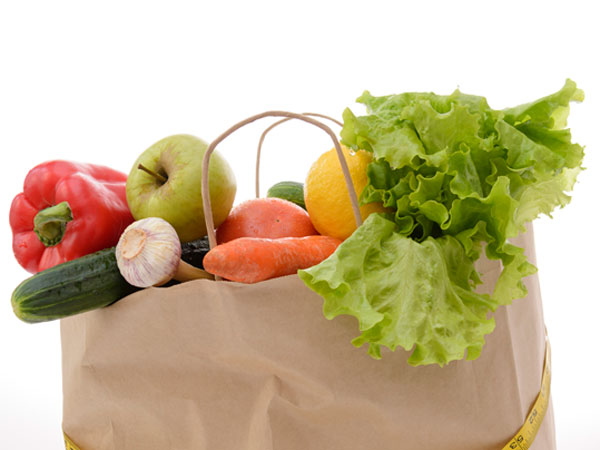E-grocery gives new opportunities for consumers in terms of improved accessibility and services. It also means new logistics challenges for companies. Grocery e-commerce could contribute to a more transport efficient society through reduced car usage of consumers.

Grocery e-commerce can contribute to a more transport efficient society through reduced car usage of consumers. Photo: Elena Boronina/Mostphotos
In a study financed by the Swedish Energy Agency, VTI has looked at ways to reduce energy consumption in transport linked to grocery e-commerce, with focus on transport efficiency in distribution systems, attractive offerings from a consumer perspective and means of conveyance for grocery shopping. The distribution systems for grocery are characterised by high transport efficiency. The greatest potential for improved energy efficiency comes in the final step of the delivery process referred to as “the last mile”.
Swedish e-grocery under development
Swedish e-commerce is under strong development, which means that now is the time to develop solutions for offers that are both attractive to customers and sustainable in the long term. The study shows that attractive offerings with home delivery or click and collect enables reduced car usage which means grocery e-commerce could lead to less energy use for transport from an overall perspective.
In the report, VTI points out that there is no universal solution. In a larger city, a system with streamlined home delivery services can form an energy efficient solution. In smaller urban areas, click and collect services can be an energy efficient option. Such a solution could involve ordering products online and having them delivered to a centrally located collection point where customers can go and pick up their goods.
“It is a complex system. The best solutions depend on the context. In our study, we highlight the key factors for finding energy efficient solutions,” says Jenny Karlsson, senior research leader at VTI.
Read more:
VTI report 1062(2020): Energy efficient distribution of e-grocery by transport efficient logistics and reduced car use. (In Swedish with an English summary)
Text: Eva-Mari Löfqvist/VTI
Translated by Semantix AB
 Contact:
Contact:
Jenny Karlsson
jenny.karlsson@vti.se
VTI, Swedish National Road and Transport Research Institute






Follow us: